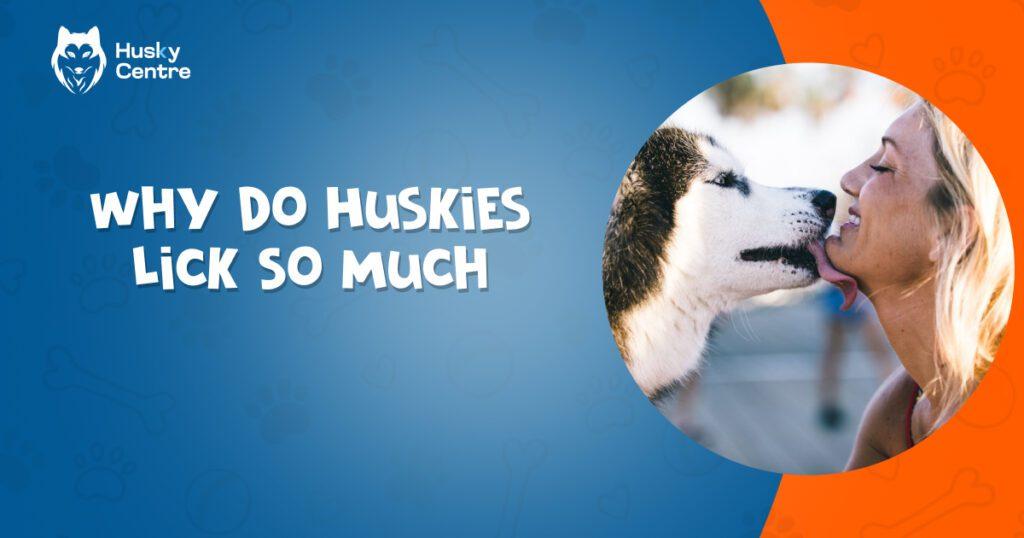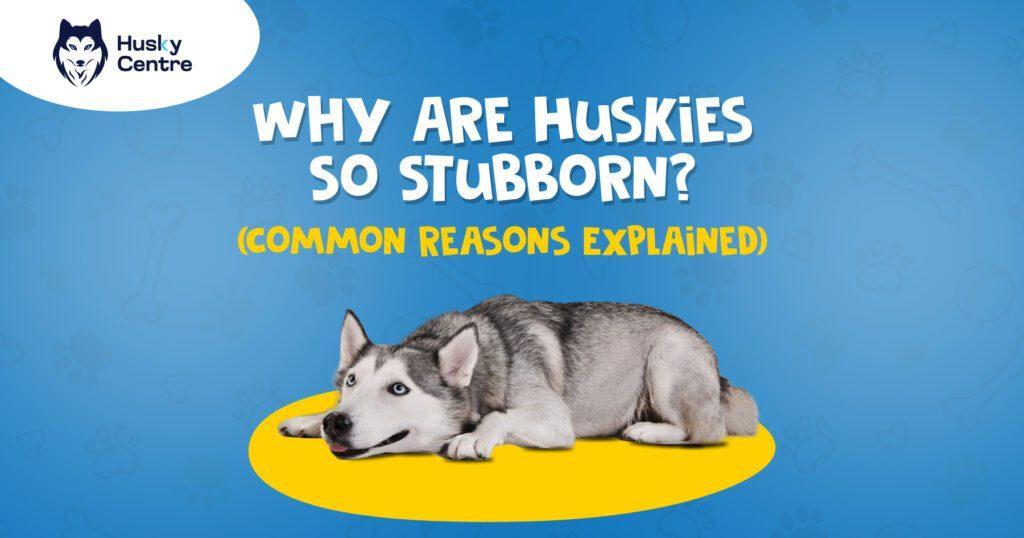Your dog may dislike one particular dog due to past negative experiences or territorial instincts. Identifying the root cause can help address the issue.
Dogs, like humans, can develop specific dislikes based on various factors. A past negative experience with a particular dog can leave a lasting impression, making your pet wary or aggressive toward that dog. Territorial instincts also play a role; dogs are naturally protective of their space and may see another dog as a threat.
Understanding these underlying causes can guide you in addressing and potentially resolving your dog’s aversion. Observing their body language and behavior around the disliked dog offers insights into their feelings. Consulting a professional dog trainer or behaviorist can provide strategies tailored to your dog’s needs.
Possible Reasons For Dislike
Dogs are known for their friendly nature, but sometimes they develop a strong dislike for a specific dog. Understanding the possible reasons for this dislike can help you manage your dog’s behavior better. Let’s explore some of the common reasons behind this unique canine behavior.
Personality Clashes
One of the main reasons for a dog disliking another dog is personality clashes. Just like humans, dogs have their own unique personalities. Some dogs are naturally more dominant, while others are more submissive.
Here are a few factors that can lead to a dog personality conflict:
- Dominance Issues: Two dominant dogs may struggle to establish their hierarchy.
- Energy Levels: A high-energy dog may irritate a more laid-back dog.
- Play Styles: Different play styles can lead to misunderstandings and conflicts.
These personality issues can manifest in various ways. You might notice growling, barking, or even physical aggression between the dogs. Understanding these conflicts can help you create a more harmonious environment for your pets.
Past Negative Experiences
Past negative experiences can also be a significant factor in why your dog dislikes another dog. Dogs have long memories and can carry past bad experiences with them.
Here are some common past dog trauma scenarios:
- Previous Fights: If your dog has been attacked before, it may develop a fear or hatred towards similar-looking dogs.
- Abuse: Dogs that have been abused by other dogs may carry that trauma into new encounters.
- Resource Guarding: If a dog has experienced resource guarding issues, it may react aggressively towards perceived threats.
These past bad experiences can lead to anxiety and aggressive behavior. It is essential to recognize these triggers and work with a professional if needed. This can help in addressing and mitigating the effects of past dog trauma.
Territorial Or Protective Behavior
Does your dog hate one particular dog? It might be due to territorial or protective behavior. Dogs can be very protective of their space or their loved ones. This behavior is natural but can sometimes cause problems. Understanding why your dog acts this way can help you manage it better.
Guarding Behavior
Guarding behavior is common in dogs. They might growl, bark, or even lunge at other dogs. This is especially true if they see the other dog as a threat.
Reasons for guarding behavior:
- Protecting their owner
- Guarding their toys or food
- Feeling threatened by another dog
Dogs often guard their owners because they see them as part of their pack. They want to keep their pack safe. This can lead to dog guarding problems if not managed properly.
| Signs of Guarding Behavior | Possible Solutions |
|---|---|
| Growling at other dogs | Teach calm behavior with treats |
| Lunging at other dogs | Use positive reinforcement training |
| Barking excessively | Redirect their attention |
Understanding these signs can help you address the issue. Training and socialization are key. Reward your dog for calm behavior. Over time, they may learn that other dogs are not threats.
Territory Issues
Territorial dog behavior is another reason your dog might hate one particular dog. Dogs are instinctively territorial. They want to protect their home and yard from intruders.
Common territorial issues in dogs:
- Barking at the fence
- Marking their territory
- Chasing other dogs away
These behaviors can become problematic. If your dog is always on guard, they may become stressed. They might also be aggressive towards other dogs.
To manage territorial issues in dogs, consider the following tips:
- Use barriers like fences to limit their view
- Provide plenty of exercise to reduce energy
- Socialize your dog with others regularly
Reducing your dog’s need to guard their territory can help them relax. A tired dog is less likely to be aggressive. Regular socialization can also teach them that other dogs are not threats.
By understanding and addressing these behaviors, you can help your dog feel more secure. This will make them less likely to hate other dogs.
Socialization Problems
Dogs can have strong feelings about other dogs. Sometimes, your dog may dislike one particular dog. This can be due to various socialization problems. Understanding these issues can help in managing your dog’s behavior.
Lack Of Exposure
Your dog might have socialization issues due to a lack of exposure to other dogs. This can happen if your dog did not meet many dogs as a puppy. Dogs need to meet different kinds of dogs to learn how to behave around them.
Here are some reasons for lack of exposure:
- Puppyhood isolation
- Limited interaction with other dogs
- Fearful owners avoiding dog parks
A dog that hasn’t met other dogs might react badly when it sees one. This can lead to dog socialization problems.
Here is a table showing the impact of exposure:
| Level of Exposure | Behavior |
|---|---|
| High | Friendly and calm |
| Medium | Cautious but manageable |
| Low | Anxious and aggressive |
Regular exposure to different dogs can help reduce these issues. Training and socialization classes can also be beneficial. Aim to introduce your dog to new dogs in a controlled manner.
Fear-based Reactions
Fear-based reactions in dogs can cause them to dislike certain dogs. This type of reaction often stems from a past negative experience. Dogs remember these experiences and may react aggressively out of fear.
Common triggers for fear-based dog aggression include:
- Past fights with other dogs
- Scary encounters with larger dogs
- Loud noises or sudden movements during interactions
Fear-based aggression can be tricky to manage. It’s important to identify the triggers and avoid them if possible. Here are some tips to help manage fear reactions in dogs:
- Observe your dog’s body language
- Maintain a safe distance from the trigger dog
- Use positive reinforcement to calm your dog
Professional help from a dog behaviorist can also be valuable. They can provide strategies to manage and reduce fear reactions in dogs. Patience and consistency are key in helping your dog overcome fear-based aggression.
How To Handle The Situation
Dogs can have strong feelings about other dogs. Sometimes, your dog might hate one particular dog. This can be stressful for you and your pet. Understanding how to handle this situation is important. You can use dog training methods and dog introduction techniques to ease the tension.
Training Tips
Training your dog is key to solving dog aggression. Start with basic commands like “sit,” “stay,” and “come.” These commands help control your dog’s behavior. Positive reinforcement works best. Reward your dog with treats and praise.
Consistency is crucial. Train your dog daily, even if it’s for a few minutes. Here are some tips:
- Use a calm voice when giving commands.
- Avoid punishment. It can make aggression worse.
- Practice in different settings. Your dog needs to obey commands everywhere.
Sometimes, a professional trainer can help. They know how to handle aggressive dogs. Here is a simple training schedule:
| Day | Activity |
|---|---|
| Monday | Basic Commands |
| Tuesday | Leash Training |
| Wednesday | Socialization |
| Thursday | Recall Training |
| Friday | Play and Reward |
Gradual Introductions
Introducing dogs gradually is essential. Sudden meetings can cause fights. Follow these steps:
- Keep the dogs far apart.
- Let them see each other from a distance.
- Reward calm behavior with treats.
- Use leashes for both dogs.
- Let them approach slowly.
- Watch their body language.
- Allow off-leash play under supervision.
- Keep sessions short.
- Separate them if they get too rough.
Patience is key. Introducing dogs gradually takes time. Stay calm and consistent. Your dogs will learn to get along.
Frequently Asked Questions
Why Does My Dog Dislike One Specific Dog?
Dogs can have individual preferences and dislikes, just like humans. This could be due to past experiences, body language, or even scent. Observing their interactions may provide clues.
How Can I Help My Dog Get Along?
Introduce them slowly and in neutral territory. Positive reinforcement and patience can help. Consistent, supervised interactions are key to building trust and reducing tension.
Is It Normal For Dogs To Dislike Certain Dogs?
Yes, it is normal. Dogs have unique personalities and can form preferences. Dislikes can stem from past experiences or personality clashes, just like humans.
Can Dog Training Help With This Issue?
Yes, professional training can be beneficial. A trainer can provide tailored strategies to improve interactions. Consistent training and positive reinforcement are essential.
Conclusion
Understanding your dog’s dislikes can improve your bond. Observing behavior helps address issues effectively. Every dog is unique. Respect their feelings and maintain harmony. This approach ensures a happier and stress-free environment for both of you. Keep learning and adapting to your dog’s needs for a healthier relationship.


Meet Jarred, the heart and soul behind HukyCentre. With a deep affection for furry friends, he pours his passion into every word he writes. His genuine love for dogs shines through in his engaging and informative content. As a dedicated dog enthusiast, Jarred’s goal is to share valuable insights and tips that resonate with fellow dog lovers. Join Jarred on the journey as he celebrates the joy and companionship that dogs bring into our lives.


